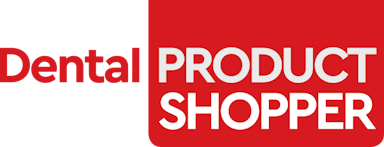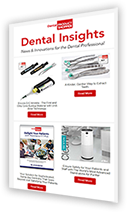Dr. Yan Kalika attended the University of California at Berkeley, majoring in chemistry. He received his dental degree from Harvard School of Dental Medicine and continued his education at the University of California at San Francisco where he received a specialty certificate in orthodontics and facial orthopedics and a master’s degree in oral biology. Dr. Kalika is an active member of the American Dental Association, the California Dental Association, the American Association of Orthodontics, the Pacific Coast Society of Orthodontics, and the San Francisco Dental Society.
Dr. Rana Kiziltekin Cimen received her orthodontics residency certificate conjunct PhD degree in orthodontics in Turkey. She is engaged in academic research at the University of California, San Franciso. Dr. Kiziltekin Cimen has worked with Dr. Kalika at Image Orthodontics, San Francisco, CA, since 2022.
Clear aligners were recommended vs fixed appliances to address the patient’s grinding and clenching problems and gingival recession, as well as to protect existing crowns, address oral hygiene concerns, and satisfy the esthetic preferences of the patient. This approach aimed to achieve the orthodontic goals of the case before proceeding with prosthodontics procedures.
ClearCorrect aligners were chosen specifically for their thermoplastic rigidity and trimline style—which effectively fulfill the retention needs—as well as customized bite ramps and a comfortable cutout design that features a double vertical slit.
Treatment Sequence
Initial records were obtained for the ClearCorrect treatment. We requested comprehensive treatment for both arches, including protection of bruxism, correction of overjet, overbite, and achieving ideal archforms. The patient’s treatment plan included 12 aligners over 24 weeks. Bite ramps were added to create space for veneers. Additionally, approximately 1 mm of interproximal reduction was expected between the lower canines for the alignment of the lower arch.
The engagers were placed on teeth Nos. 6 and 11 (Figure 6). The aligners fit well, ensuring comfort for the patient. The patient was instructed to wear each aligner pair for 2 weeks each.
The treatment proceeded smoothly, maintaining the existing engagers on the upper canines until the final aligners (Figure 7), and successfully establishing space between teeth Nos. 7 and 10 for prosthodontic restorations.

The anterior restorations resulted in an enhanced appearance of the smile and improved the patient’s self-confidence. The patient expressed complete satisfaction with the outcome and ClearCorrect proved to be a great choice for the patient, who reported that the aligners were easy to maintain and conveniently removable for special occasions, as well as other dental treatments, such as fillings and cleanings. We believe treatment tremendously improved maxillary incisor display, which resulted in more favorable soft tissue balance and led to a more attractive smile.
I have found that when I recommend a 2-week usage of aligners, there’s a noticeable issue with staining in most cases. However, the ClearCorrect aligners exhibit virtually no staining even after a 2-week period. We were thrilled to be able to deliver the desired treatment, thanks to ClearCorrect.










